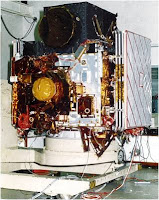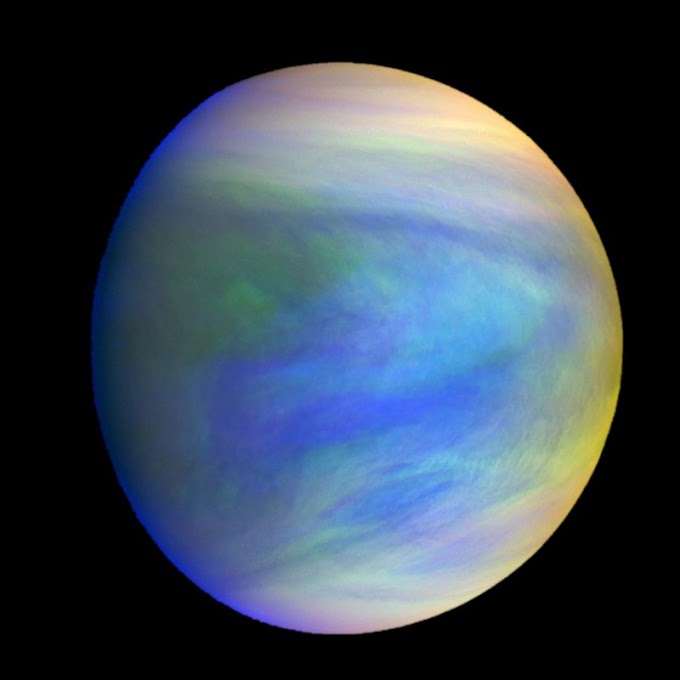TES is the first very high resolution satellite built and launched by ISRO. It is an experimental satellite to demonstrate and validate more than eleven new technologies namely, Attitude and Orbit Control System (AOCS) for step and Stare imaging in the desired direction.
Two mirror on-axis optics for payload providing less than 1m Nadir resolution at an altitude of 560 kms. X-band Phased array antenna with two beam generation capability for payload data transmission.
High torque reaction wheels; Improved satellite positioning system, etc.
 |
| Credit: ISRO |
Specification:
• The spacecraft is three-axis stabilized, based on the IRS series bus design, with a mass of 1108 kg at launch.
• TES is an agile satellite featuring a body-pointing capability in any direction. The spacecraft design life is 3 years.
• EPS :The solar cells are laid out in series and parallel configuration on the solar panel to form strings; nine such strings are configured for each bus.
• The dual bus configuration with the solar array strings distributed on all the panels provide power during the sunlit phase of the orbit for housekeeping loads, payload and battery charging.
 |
| Credit: ISRO |
Read: GSAT - 15
Some Technologies demonstrated in TES:
• Attitude and orbit control system
• High torque reaction wheels
• A new reaction control system with optimized thrusters and a single propellant tank
• A light-weight spacecraft structure
• Solid-state recorder (SSR) built indigenously
• X-band phased array antenna capable of directional narrow-beam downloading of data
• Improved satellite positioning system (SPS)
• Miniaturized TT&C and power system
• Two-mirror-on-axis camera optics
 |
| Credit: ISRO |
Also Read: GSAT - 18
Overall Mission detail:
- Mission Type: Earth observation
- Manufacturer: ISRO
- Launch mass: 1108 km
- Launch date: 22th october,2001
- Launch vehicle: PSLV-C3
- Perigee: 551 km
- Apogee: 579 km
- Reference system: Geocentric
- Orbit inclination: 97.65°
 |
| Credit: ISRO |






0 Comments